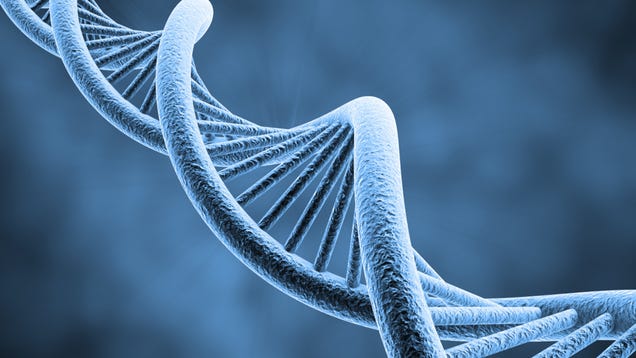Using Genetic Fingerprinting to save the Panda might seem like a crazy idea but it's an idea that might have legs! The giant panda is one of the rarest animals in the world and is considered to be on the brink of extinction. Giant pandas have been kept and bred in zoos for many years now. In many areas, Panda's are on breeding programmes so they could, one day, be released into the wild.
Unfortunately, zoo life doesn't come worry free. There's the issue that with small populations, genetic variation is reduced. This basically means they could well struggle when they're released into the wild. Having said that, Pandas find it difficult to reproduce in captivity.
Scientists can only guarantee that a female will get pregnant through pretty much carrying out Panda IVF. When they do so, they use sperm from several males. One problem with this is that, who's the father? Identifying who the father is can then help the scientists to identify how genetically different pandas are.
Their method of obtaining DNA samples is strange, to say the least!! They collect around
10 Panda faeces can be collected from the wild. The faeces contain DNA from the panda, from the bamboo on which they feed and from bacteria. The DNA is then put through the
polymerase chain reaction (PCR). The primers used attach only to the panda DNA because of complementary base pairings.
The DNA from this, then goes through genetic fingerprinting. This is where the genetic sequences are read (ie GATC etc etc). Collating an idea of what happens in the wild, pandas can then be individually identified.
How this happens, is quite a complex scientific process. DNA is first cut using a restriction enzyme. This cuts the DNA at specific points. Gel Electrophoresis then separates the strands according to length (so mass as well). A process called Southern blotting then makes the strands single stranded. A DNA probe (which is complementary to part of the DNA strand) is then added. The probe will act as some kind of marker - it could be radioactively marked or fluorescent.




